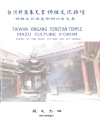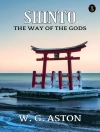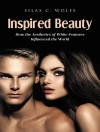An examination of how and why Scotland gained its reputation for the supernatural, and how belief continued to flourish in a supposed Age of Enlightenment.
SHORTLISTED for the Katharine Briggs Award 2019
Scotland is famed for being a haunted nation, ‘whare ghaists and houlets nightly cry’. Medieval Scots told stories of restless souls and walking corpses, but after the 1560Reformation, witches and demons became the focal point for explorations of the supernatural. Ghosts re-emerged in scholarly discussion in the late seventeenth century, often in the guise of religious propagandists. As time went on, physicians increasingly reframed ghosts as the conjurations of disturbed minds, but gothic and romantic literature revelled in the emotive power of the returning dead; they were placed against a backdrop of ancient monasteries, castles and mouldering ruins, and authors such as Robert Burns, James Hogg and Walter Scott drew on the macabre to colour their depictions of Scottish life. Meanwhile, folk culture used apparitions to talk about morality and mortality.
Focusing on the period from 1685 to 1830, this book provides the first academic study of the history of Scottish ghosts. Drawing on a wide range of sources, and examining beliefs across the social spectrum, it shows howghost stories achieved a new prominence in a period that is more usually associated with the rise of rationalism. In exploring perceptions of ghosts, it also reflects on understandings of death and the afterlife; the constructionof national identity; and the impact of the Enlightenment.
MARTHA MCGILL completed her Ph D at the University of Edinburgh.
Tabela de Conteúdo
Introduction
Medieval and Reformation Ghosts
Evangelising Ghosts
Scepticism and Debate
Gothic and Romantic Ghosts
Ghosts in Popular Culture
Conclusion
Bibliography
Index












